I missed a unique wine trade tasting last month—well, sort of.

So here’s what I did NOT do last month—the EdgeWalk at the CN Tower.
It was an Alsace Wines event at the CN Tower, which was to be preceded by an EdgeWalk—you know, that happy-go-lucky jaunt along the five-foot-wide ledge of Canada’s tallest structure, 1,168 feet off the ground, with no more than a harness restraining you from a somewhat terrifying—and time-consuming—fall to your death.
My first instinct after receiving the invitation was a primal one: “F*%# no!!! I have zero inclination to teeter on the edge of my existence!”
But then I figured that this was a rare opportunity, and that, to my knowledge, absolutely no one has fallen off the CN Tower.
Not yet anyway.
And so I screwed up my courage and signed up for this perilous pre-tasting excursion. I subsequently watched countless EdgeWalk videos and read multiple stories in the interim to psychologically prepare.
And then I did not sleep the night before. NOT A WINK.
I was understandably not at my physical best the next morning, but decided, “Screw it! I’m getting on the train and marching over there and doing this thing!”
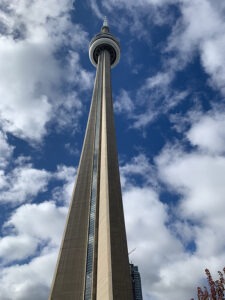
Looking up—way up—at the CN Tower.
And so I boarded the train from Oakville to Union Station, dutifully marched over to the CN Tower and met the small group of media, influencers and organizers I’d be joining. As I filled out the forms and signed my life away, absolving management of any responsibility should they have to scrape me off Bremner Boulevard afterward, my body began to send reminders that it hadn’t slept in 36 hours. Waves of dizziness and a little queasiness descended upon me. Then one of the handlers said, “The washroom is around the corner. It will be your last chance for a couple hours.”
That was the moment that I decided, “I’m out!”
I profusely apologized and bid adieu as the rest of the group turned toward the express elevator, then sat myself down to stop my head from spinning, and eventually made my way back to Union Station for the trip home.
WINES FULL OF LIFE
Fortunately, the kind folks at Hopscotch Groupe, the event’s organizer, delivered a few bottles of the Alsatian wines I’d missed out on. Participants figured their wines tasted even better after the EdgeWalk, but when you’ve stared death in the face, water probably tastes better too.
And it helps that wines from Alsace are naturally full of life on their own. In fact, they’re sort of the savoury secret sauce of the wine world—underrated and often overlooked. The Romans first planted vines in this little wine-growing treasure trove between the Vosges mountains and the Rhine River in 58 BC. And it’s here that the oldest wine can be found, dating from 1472, as well as the oldest operating cask. It’s a region that has experienced some serious identity crises, bouncing back and forth between France and Germany through history. But that cross-cultural heritage is also what gives Alsace wines their je ne sais quoi—speaking both the crisp precision of German wines and the silky elegance of French wines.
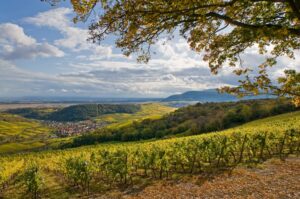
The steep slopes of a vineyard in Alsace.
First off, understand that this is Zesty White Wine Country. There are no big reds or oaky chardonnays to be found—this region is all about crisp, aromatic whites, with the very odd pinot noir. Think riesling, gewürztraminer, pinot gris, pinot blanc and muscat—all of which seem to have been created specifically to make you rethink what wine can taste like. Alsace rieslings, for example, are bottled bursts of salivating freshness—famously zesty with a superb balance of acidity and fruit, often offering a hint of petrol (yes, gasoline). Meanwhile, gewürztraminer, with its wild floral aromas and spice, practically shouts, “Look at me! Look at me! I’ve got flair! I’m different!”
The grapes from this region are traditionally handpicked from steep, sun-drenched vineyards that seem to defy gravity. The soils, rich in minerals, impart a distinctive terroir (the sense of place) that gives the wines their lively character. Whether you’re sipping a pinot blanc with a salad or enjoying a rich gewürztraminer with spicy food, the wines are famously food-friendly.
But here’s the kicker: Alsace wines traditionally offer very good value. Sure, they may not have the superstar reputation of Bordeaux or Burgundy, but that’s good news for your wallet.
And let’s not forget about the bottles themselves—elegantly tall and slender, with labels that feel more like art than marketing. They’re the wine equivalent of that stylish friend who always knows how to dress without trying too hard.
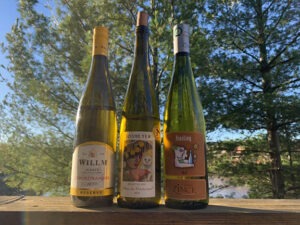
Alsace’s Willm Gewurtztraminer. Josmeyer Pinot Blanc and Zinck Riesling.
Here are three wines from the region that I missed sampling post-EdgeWalk but lived to sip another day.
Josmeyer Mise du Printemps 2021 Pinot Blanc ($24.45 in Quebec)
I can’t find an Ontario agency that carries this wine, which is a shame. With its label an ode to the life-giving arrival of spring, its nose evokes Grammy Smith apples, white flowers, a tinge of lemon and a strong mineral streak. It’s crisp yet with a soft and light creamy texture in a medium-bodied package. 90
Zinck 2022 Riesling (carried by Lifford Cellars @ $34 apiece – by the case of 12)
My favourite grape from the region is riesling, and this is a fine representative. Biodynamic, this is a mouthwatering but dry and finessed wine that bursts with character. Its aromatic profile is marked by a lemon-lime rind. 91
Willm Reserve Gewurtztraminer 2021 — Alsace, France ($19.95)
The lone wine of the three here that’s available at the LCBO, this is quite aromatic with almost overripe pineapple along with passion fruit, ginger and cinnamon. The 17 g/L of sugar hits the front of the tongue at first taste but fades as this wine, like the previous two, allows its acidity to adeptly balance out the experience. The winery cites this as an ideal aperitif, pairing with spicy salads, strong-tasting cheese, chocolate and fruit desserts, although I think it’s better suited for spicy cooking (Thai, Moroccan, Indian). Good value here for gewürtztraminer fans. 89
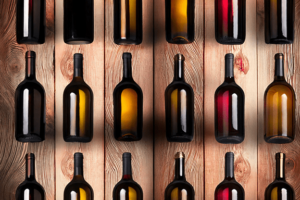
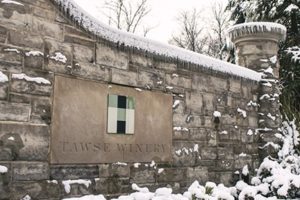
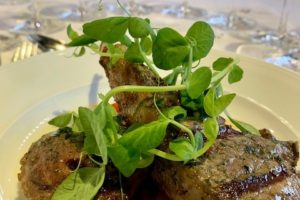
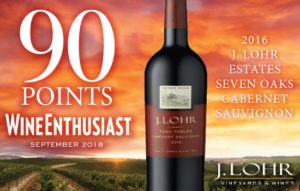
Leave a Reply
Your email is safe with us.